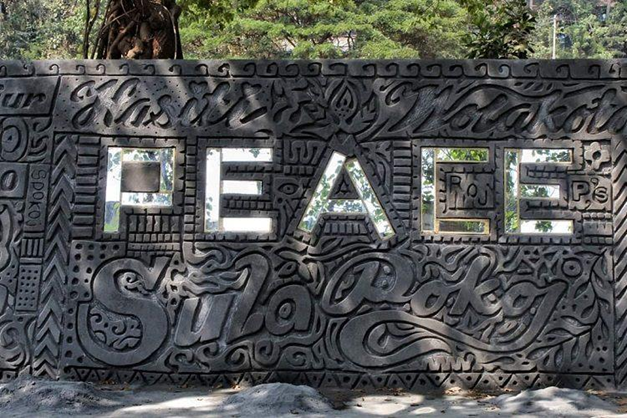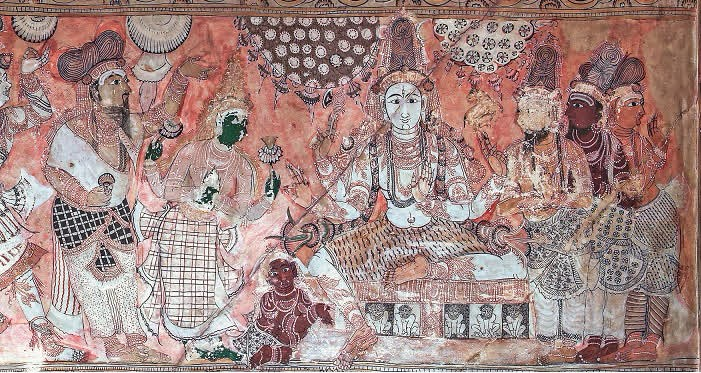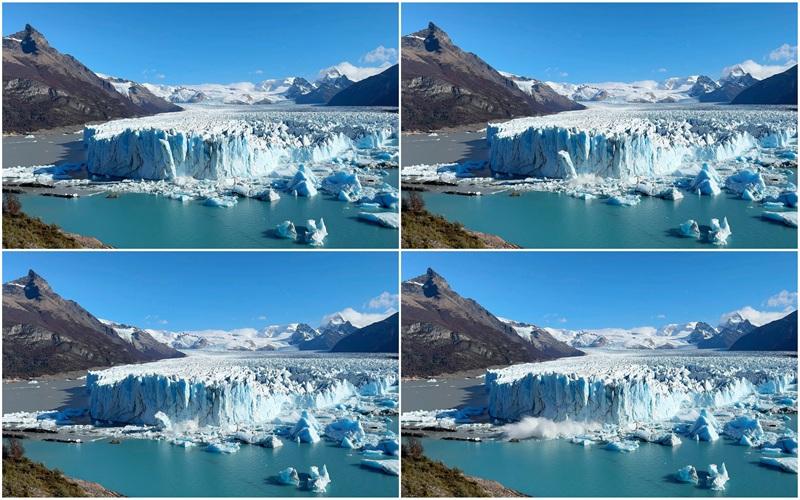- Courses
- GS Full Course 1 Year
- GS Full Course 2 Year
- GS Full Course 3 Year
- GS Full Course Till Selection
- Online Program
- GS Recorded Course
- NCERT (Recorded 500+ Hours)
- Polity Recorded Course
- Geography Recorded Course
- Economy Recorded Course
- AMAC Recorded Course
- Modern India, Post Independence & World History
- Environment Recoded Course
- Governance Recoded Course
- Science & Tech. Recoded Course
- International Relations and Internal Security Recorded Course
- Disaster Management Module Course
- Ethics Recoded Course
- Essay Recoded Course
- Current Affairs Recoded Course
- CSAT
- 5 LAYERED ARJUNA Mentorship
- Public Administration Optional
- ABOUT US
- OUR TOPPERS
- TEST SERIES
- FREE STUDY MATERIAL
- VIDEOS
- CONTACT US
Mural Painting
Mural Painting
01-01-2023

Mural Painting
Why in News?
Recently, the Wall of Peace, inaugurated, at Kerala.
- Wall of Peace, is a great work of modern mural art on the 700-feet long compound wall of Government Vocational Higher Secondary School at Cherpulassery (Kerala).
What is a Mural?
- A mural is piece of artwork that is directly painted or applied on a wall.
- More broadly, mural art also appears on ceilings or any other large permanent surface.
- Mural paintings usually have the distinguishing characteristic of having the architectural elements of the space they are painted on being harmoniously incorporated into the picture.
- A mural, is a general term for a wall painting, whereas, fresco is a specific term.
- There are many techniques used for mural painting, of which the fresco is just one.
What is Special about Mural Painting?
- Indian Mural Paintings are paintings made on the walls of caves and palaces.
- The earliest evidence of the murals is the beautiful frescoes painted on the caves of Ajanta and Ellora, the Bagh caves and Sittanvasal cave.
- In the old scripts and literature, there was much evidences of mural paintings.
- According to Vinaya Pitaka, the noted courtesan of Vaishali – Amrapali employed painters to paint the kings, traders and merchants of that time on the walls of her palace.

What is the Technique of Indian Wall Paintings?
- The technique and process of making Indian wall paintings has been discussed in the Vishnudharamotaram, a Sanskrit text of the 5th/6th century CE.
- The process of these paintings has been same in all the early examples except one and that is Rajarajeshwara temple at Tanjore.
- Rajarajeshwara temple is supposed to be done in a true fresco method over the surface of the rock.
- Most of the colours were locally available.
- Brushes were made up from the hair of animals, such as goat, camel, mongooses, etc.
- The ground was coated with an exceedingly thin layer of lime plaster over which paintings were drawn in water colours.
- In the true fresco method, the paintings are done when the surface wall is still wet, so that the pigments go deep inside the wall surface.
- The other method of painting which was followed in most of the cases of Indian painting is known as tempora.
- It is a method of painting on the lime plastered surface which has been allowed to dry first and then drenched with fresh lime water.
- On the surface, thus obtained, the artist proceeded to sketch.
- The principal colours in use were red ochre, vivid red (vermilion), yellow ochre, indigo blue, lapis lazuli, lamp black (Kajjal), chalk white, terraverte and green.
Must Check: Best IAS Coaching Institute In Delhi



